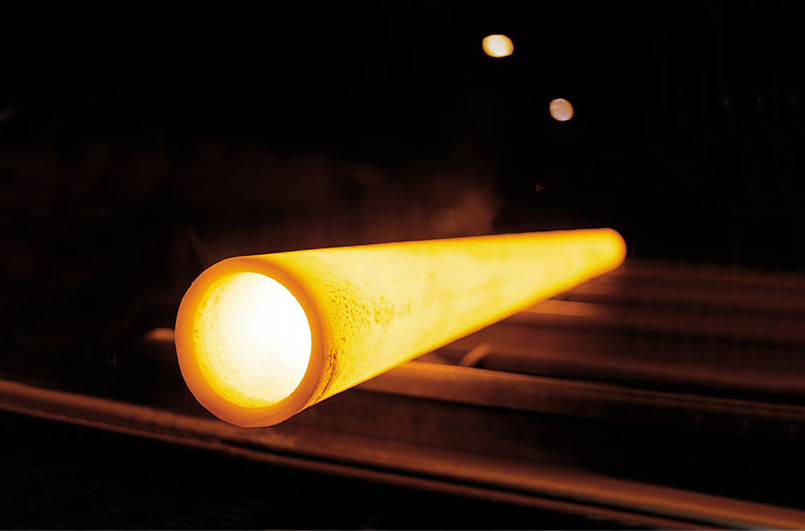The Applications and Benefits of Stainless Steel 310 Pipes
by Jessica
Posted on May 25, 2021 at 05:30 PM

Grade 310 is a medium carbon austenitic stainless steel used in high-temperature applications such as furnace components and heat treatment equipment. It can operate continuously even at extreme temperatures up to 1150 degrees Celsius and intermittently at 1035 degrees Celsius.
What are the common applications of grade 310/310S stainless steel?
Fluidized bed combustors, kilns, radiant tubes, petroleum refining tube hangers and steam boilers, internal components of coal gasifiers, lead pots, thermowells, refractory anchor bolts, burners and combustion chambers, retorts, muffles, annealing covers, saggers, food processing devices, cryogenic structures are all examples of Grade 310/310S uses.
Stainless steel sheets and plates offer a number of benefits that meet or surpass the application's requirements. The main advantage of these stainless steel sheets and plates is their high resistance, which gives them the advantage of being utilized in harsh settings. SS sheets and plates are appealing and difficult objects because of their bright and easy-to-maintain surface.
The properties of grade 310/310S stainless steel pipes
These grades have a chromium content of 25% and a nickel content of 20%, making them exceptionally corrosion and oxidation resistant. They are often utilized in mildly carburizing atmospheres in petrochemical environments.
For more severe carburizing circumstances, we highly recommend using other heat-resistant alloys. Mainly due to its hardness and low magnetic permeability, the grade is also employed in cryogenic applications.
These grades, like other austenitic stainless steels, cannot be toughened by heat treatment. They can be hardened by doing cold work, though this is very rarely done.
The machinability of 310/310S stainless steel pipes
Machinability is the ability to cut something. The machinability of grades 310/310S is comparable to that of type 304. Work hardening can be a concern, thus it's common practice to remove it with moderate speeds and heavy cuts, sharp tools, and plenty of lubrication. The tools employed are powerful machineries and large, stiff implements.
The fabrication of 310/310S stainless steel pipes
Fabrication Grades 310/310S are forged at temperatures ranging from 975 to 1175 degrees Celsius. Heavy work is done down to 1050°C, while the bottom of the range is given a light finish. After forging, annealing is suggested to alleviate any forging-related tensions. Standard procedures and equipment can be used to cold form the alloys.
Are they different forms of 310/310S stainless steel pipes?
Sheet and strip, plate, bar and rod, seamless tube and pipe, welded tube and pipe, forging and forging billets, tube and pipe fittings, and wire are some of the numerous types of SS 310 pipes. 310/310S (Grade 310/310S) Corrosion Resistance is rarely utilized in corrosive liquid operations, despite grade 304's better corrosion resistance because of its high chromium and nickel content. Chloride stress corrosion cracking can occur at temperatures reaching 100 degrees C in corrosive liquids containing chlorides. If you wish to tactfully apply any kind of 310/310S stainless steel pipes for any of your manufacturing processes you can avail all your requirements at - Amardeep Steel Centre